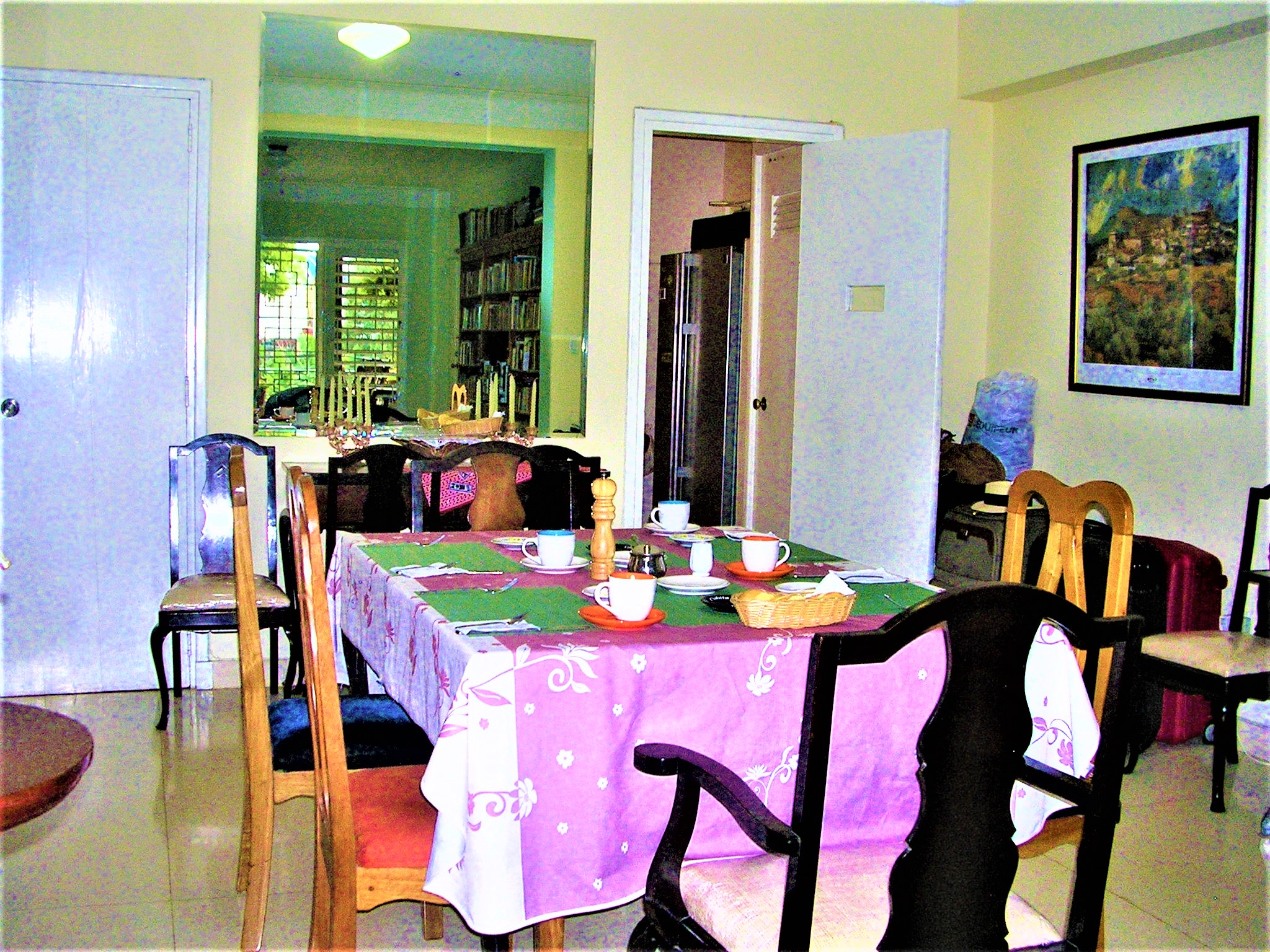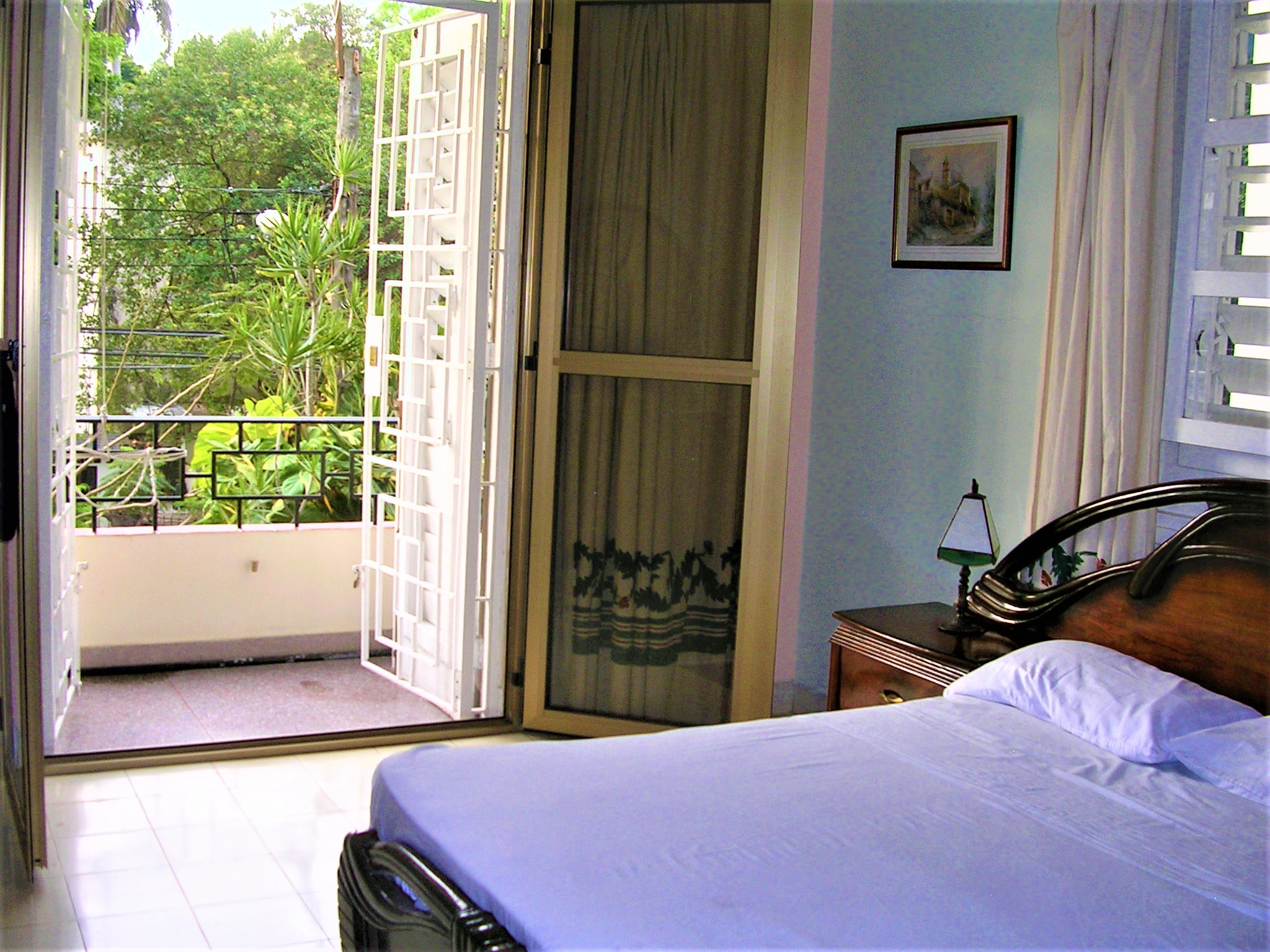Published 1:15 PM ET Fri, 19 Jan 2018, The Associated Press
Original article: Tourism Booming In Cuba
- 2017 was a record year for Cuban tourism, with 4.7 million visitors pumping more than $3 billion into the island’s otherwise struggling economy.
- But the tourism dollars from big-spending Americans seem to be heading into Cuba’s state sector and away from private business.
- That’s largely due to tougher Trump policy requiring “people-to-people” travel to take place only in tour groups, which depend largely on Cuban government transportation and guides.
On a sweltering early summer afternoon in Miami’s Little Havana, President Donald Trump told a cheering Cuban-American crowd that he was rolling back some of Barack Obama‘s opening to Cuba in order to starve the island’s military-run economy of U.S. tourism dollars and ratchet up pressure for regime change.
That doesn’t appear to be happening. Travel to Cuba is booming from dozens of countries, including the U.S. And the tourism dollars from big-spending Americans seem to be heading into Cuba’s state sector and away from private business, according to Cuban state figures, experts and private business people themselves.
The government figures show that 2017 was a record year for tourism, with 4.7 million visitors pumping more than $3 billion into the island’s otherwise struggling economy. The number of American travelers rose to 619,000, more than six times the pre-Obama level. But amid the boom — an 18 percent increase over 2016 — owners of private restaurants and bed-and-breakfasts are reporting a sharp drop-off.
“There was an explosion of tourists in the months after President Obama’s detente announcement. They were everywhere!” said Rodolfo Morales, a retired government worker who rents two rooms in his home for about $30 a night. “Since then, it’s fallen off.”
The ultimate destination of American tourism spending in Cuba seems an obscure data point, but it’s highly relevant to a decades-old goal of American foreign policy — encouraging change in Cuba’s single-party, centrally planned system. For more than 50 years, Washington sought to strangle nearly all trade with the island in hopes of spurring economic collapse. Obama changed that policy to one of promoting engagement as a way of strengthening a Cuban private sector that could grow into a middle class empowered to demand reform.
Cuba’s tourism boom began shortly after Obama and Cuban President Raul Castro announced in December 2014 that their countries would re-establish diplomatic relations and move toward normalization. U.S. cruise ships began docking in the Bay of Havana and U.S. airlines started regular flights to cities across the island. Overall tourism last year was up 56 percent over Cuba’s roughly 3 million visitors in 2014.
While the U.S. prohibits tourism to Cuba, Americans can travel here for specially designated purposes like religious activity or the vaguely defined category of “people-to-people” cultural interaction.
Obama allowed individuals to participate in “people-to-people” activities outside official tour groups. Hundreds of thousands of Americans responded by designing their own Cuban vacations without fear of government penalties. Since Cuba largely steers tour groups to government-run facilities, Americans traveling on their own became a vital market for the island’s private entrepreneurs, hotly desired for their free spending, heavy tipping and a desire to see a “real” Cuba beyond all-inclusive beach resorts and quick stops on tour buses. The surge helped travel-related businesses maintain their role as by far the most successful players in Cuba’s small but growing private sector.
Trump’s new policy re-imposed the required for “people-to-people” travel to take place only in tour groups, which depend largely on Cuban government transportation and guides.
As a result, many private business people are seeing so many fewer Americans that it feels like their numbers are dropping, even though the statistics say otherwise.
“Tourism has grown in Cuba, with the exception of American tourism,” said Nelson Lopez, a private tour guide. “But I’m sure that sometime soon they’ll be back.”
While Trump’s new rules didn’t take effect until November, their announcement in June led to an almost immediate slackening in business from individual Americans, many Cuban entrepreneurs say. The situation was worsened by Hurricane Irma striking Cuba’s northern coast in September and by a Cuban government freeze on new licenses for businesses including restaurants and bed-and-breakfasts. Cuban officials say the freeze was needed to control tax evasion, purchase of stolen state goods and other illegality in the private sector, but it’s had the effect of further restricting private-sector activity in the wake of Trump’s policy change.
Cuban state tourism officials did not respond to requests for comment.
Trump’s policy changes did not touch flights or cruise ships. Jose Luis Perello, a tourism expert at the University of Havana, said more than 541,000 cruise ship passengers visited Cuba in 2017, compared with 184,000 the previous year. Even as entrepreneurs see fewer American clients, many of those cruise passengers are coming from the United States, he said.
Yunaika Estanque, who runs a three-room bed-and-breakfast overlooking the Bay of Havana, says she has been able to weather a sharp drop in American guests because a British tour agency still sends her clients, but things still aren’t good.
“Without a doubt our best year was 2016, before the Trump presidency,” she said. “I’ve been talking with other bed-and-breakfast owners and they’re in bad shape.”

 A Great Casa Particular, my Home for Cuba visits from 1997 to 2017, undoubtedly still thriving due to its excellence.
A Great Casa Particular, my Home for Cuba visits from 1997 to 2017, undoubtedly still thriving due to its excellence.


In the article, it was stated that “But the tourism dollars from big-spending Americans seem to be heading into Cuba’s state sector and away from private business.” I appreciate that we want to see and support growth in the private sector, but does not money spent in the state sector largely support employment for Cubans? Or is a significant part siphoned off for general government or other military expenditures? I would be interested in where money spent on state tourism goes. Can you provide information on this?